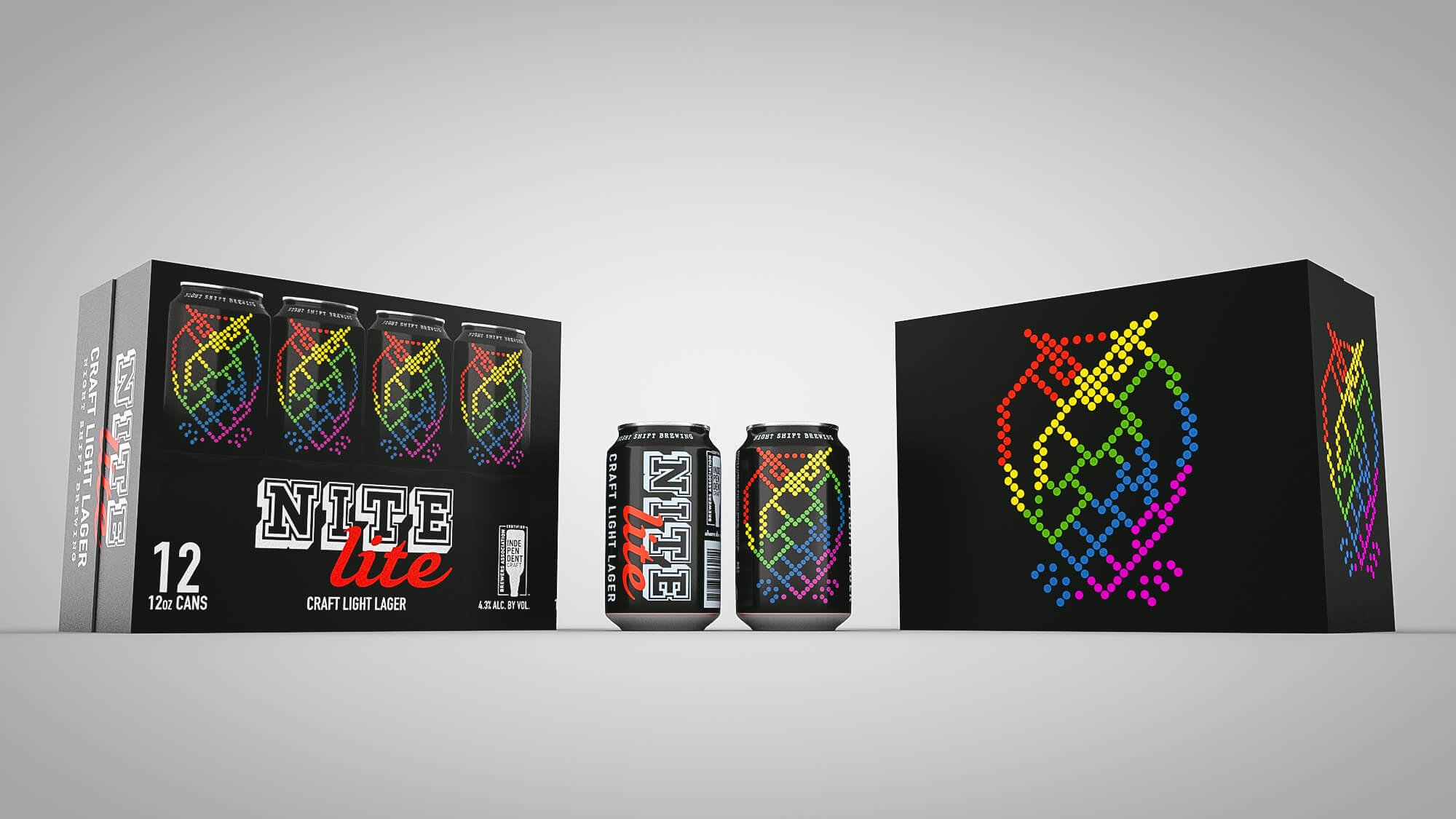Beer Style Guide: Get to Know American Light Lager with Em Sauter
The American Light Lager is the most popular beer style in America (if you are wondering what the most popular beer style in the world is, it’s the International Pale Lager aka those national, easy drinking golden lagers you associate with countries - Peroni, Kingfisher, Singha, etc). American Light Lagers are usually made by the larger breweries (think Bud Light), although many smaller breweries are branching into this beer style.
Origins of American Light Lager
The original recipe for American Light Lager can be traced to Rheingold in the 1960s as a diet beer. The recipe was bought by Miller in the 1970s, which created Miller Lite and was marketed not as a diet beer but as a less filling beer that could be consumed readily at sporting events (I can hear John Madden telling me “tastes great, less filling”). This became incredibly popular throughout the 1980s and 1990’s with Bud Light becoming the top-selling beer in the early 2000s (knocking its big brother Budweiser from the top), a title it still holds to this day.
Although associated with a throwaway style with no flavor, the American Light Lager has its purposes and is a joy to drink. In its brewing method, this style is quite simple- pale malt plus a fair amount of fermentable like rice or corn. While looking at homebrew recipes for this style, most are a majority of two-row pale malt along with flaked rice or even rice syrup. The hops are added early but are really only there as a preservative. Hop flavor in an American Light Lager is considered not true to style. The beer uses an American Lager yeast strain and is fermented cold for 7-10 days and then lagered (held at near freezing temps) for about three weeks before packaging.
American Light Lagers allow for some corny character (DMS or Dimethyl Sulfide) or sour apple character (acetaldehyde) in the beer. The fun part about an American Light Lager is it’s not the “cleanest” of lagers, which adds to its flavor/aroma.
Aromas/Flavors
Most people would joke “nothing” but that’s just simply not true. The aroma and flavor of corn on the cob, bread dough, cornbread, sour apple, white bread, and white sugar are common. All of those come from either the yeast or the malt.
One mouthfeel note: American Light Lagers are carbonated on the higher end of the spectrum than other beers. In America, most beers are carbonated to 2.2-2.8 volumes (vol) of Co2. A “volume” is how much Co2 is dissolved in the keg of beer. 1 vol of Co2 would be the keg filled completely with Co2 once. 2.2 would be the keg filled 2.2 times, etc. The more Co2 dissolved in the beer, the more carbonated it is! American Light Lagers are carbed to about 2.8-2.9 vols, giving them a more refreshing almost “soda-esque” quality.
Food pairings- Light lagers and sushi are top-notch pairings. The sweetness of the beer doesn’t overwhelm the delicate fish, plus the higher carbonation helps clear your tongue of excess wasabi. Bud Light and tuna sushi may be my favorite pairing of all time (seriously).
Beers to Try
Miller Lite
I’m a huge fan of Miller Lite, the OG light lager. It’s less sweet than other American Light Lagers and has a cleaner, more German-inspired feel to it than its other macro friends.
Night Shift Nite Lite
Night Shift in Everett, MA also makes a great Bud Light clone called Nite Lite. It’s even priced in the macro price range ($5 for a four-pack?!) and is a dead ringer for Bud Light.
Natural Light Naturdays Strawberry Lemonade
Now, I know what you're thinking but seriously, this stuff is amazing. It tastes like summer and it's $8 a twelve-pack, making it an easy decision for summer BBQs or parties. The flavoring isn't cloying as well, leading to easy drinkability.



